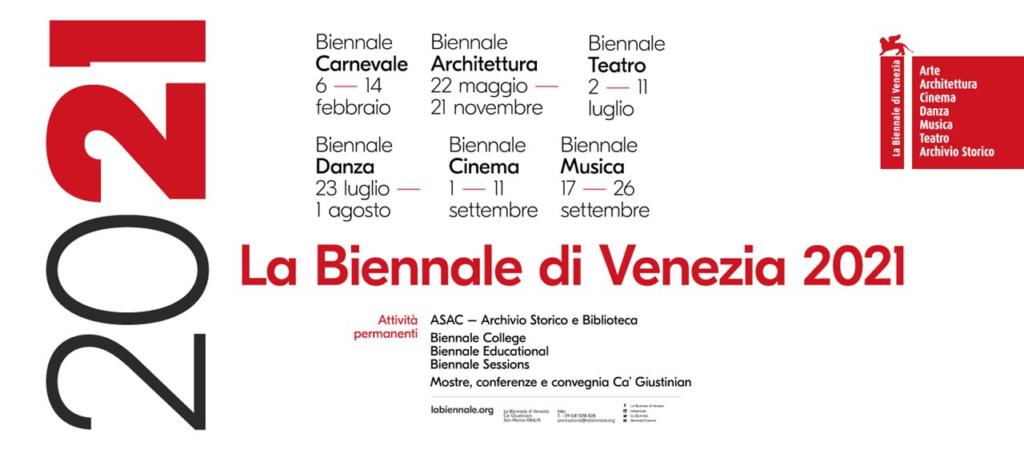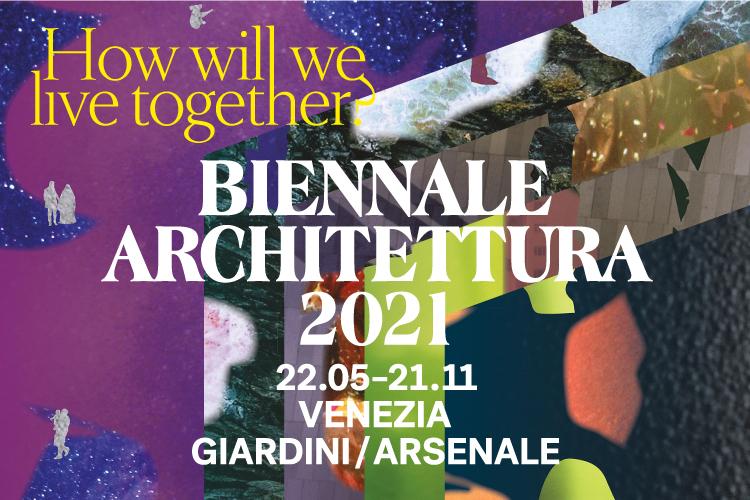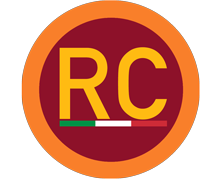
The Venice Biennale (La Biennale di Venezia) is the main place where art, theater, music, architecture and cinema sail…all together forming a great artistic and cultural heritage that allows an international dialogue with places far and near and share its beauty between research and innovation. Every year the Biennale amazes us by creating that train d’union for its charm and uniqueness.
Venice is universally considered one of the most beautiful cities in the world, so much so that every year is followed by millions of people, declared a World Heritage Site by UNESCO, as a result of the covid is reborn more with patience with themselves, get used to other speeds.

Curated by architect, lecturer and researcher Hashim Sarkis, “Against a backdrop of sharpened political divisions and growing economic inequality, we ask architects to imagine spaces where we can live generously together.” This year there were 112 Participants, 60 National Participations, Countries exhibiting in Pavilions at the Giardini, Arsenale and in the historic center of Venice. Three Countries present for the first time at the Architecture Biennale: Grenada, Iraq and the Republic of Uzbekistan. 17 Collateral Events and much more. Awards with the Special Golden Lion for Memory to Lina Bo Bardi and the Golden Lion for Lifetime Achievement to Rafael Moneo. Not to be missed in this last month: -the United Arab Emirates pavilion: Golden Lion award for best national participation: An experiment that encourages us to think about the delicate relationship between waste and production, proposing a construction model capable of linking craftsmanship and technology; -the Raumlaborberlin collective Golden Lion award for best participant in the International Exhibition “How will we live together? A collaborative design approach of great inspiration that calls for participation and collective responsibility; – and infinte the Spanish Pavilion that has aroused much curiosity and interest, especially for the composition between Art and Architecture. Special mentions went to the Philippine Pavilion, Russia and CaveBureau. The Educational project was very interesting, with a wide range of offerings aimed at individuals and groups of students, children, adults, families, professionals, companies and universities. All the initiatives focus on the active involvement of participants, are conducted by operators selected and trained by the Biennale and are divided into Guided Tours and Workshop Activities. The #BiennaleArchitettura2021 #HowWillWeLiveTogether in Venice until November 21.
 For the Biennale of Art 2022. The President of the Venice Biennale, Roberto Cicutto, with the Curator of the 59. International Art Exhibition, Cecilia Alemani – appointed Director of the Visual Arts Sector (the first Italian woman to hold this position) presented the title and theme of the Art Biennale 2022, which will take place from April 23 to November 27, 2022 (pre-opening April 20, 21, 22) at the Giardini, Arsenale and various venues in Venice.
For the Biennale of Art 2022. The President of the Venice Biennale, Roberto Cicutto, with the Curator of the 59. International Art Exhibition, Cecilia Alemani – appointed Director of the Visual Arts Sector (the first Italian woman to hold this position) presented the title and theme of the Art Biennale 2022, which will take place from April 23 to November 27, 2022 (pre-opening April 20, 21, 22) at the Giardini, Arsenale and various venues in Venice.
 The 59. International Art Exhibition will be titled The Milk of Dreams/The Milk of Dreams. The exhibition takes its name from a book by Leonora Carrington in which, as Cecilia Alemani explains: the surrealist artist describes a magical world in which life is constantly reinvented through the prism of the imagination and in which it is possible to change, transform, become other than oneself. The exhibition offers an imaginary journey through the metamorphosis of bodies and definitions of the human. The exhibition focuses in particular on three thematic areas: the representation of bodies and their metamorphosis; the relationship between individuals and technologies; the ties that weave between bodies and the Earth. Cecilia Alemanni explains her choice: “The exhibition takes its name from a book by the surrealist artist Leonora Carrington (1917-2011), who in Mexico in the 1950s imagined and illustrated mysterious fairy tales, first directly on the walls of her house, and then collected them in a little book called The Milk of Dreams. Told in a dreamlike style that seems to terrify adults and children alike, Carrington’s stories imagine a free world full of infinite possibilities, but also the allegory of a century that imposes intolerable pressure on identity, forcing Carrington to live as an exile, locked up in psychiatric hospitals, a perpetual object of fascination and desire but also a figure of rare strength and mystery, always on the run from the constraints of a fixed and consistent identity. The exhibition was born from numerous conversations with many artists in recent months. From these dialogues, a series of questions have insistently emerged that not only evoke this precise historical moment in which the very survival of humanity is threatened, but also summarize many other questions that have dominated the sciences, the arts and the myths of our time. How is the definition of human changing? How do we define life and what are the differences that separate the animal, the plant, the human and the non-human? What are our responsibilities to our fellow humans, to other life forms, and to the planet we inhabit? And what would life be like without us?”
The 59. International Art Exhibition will be titled The Milk of Dreams/The Milk of Dreams. The exhibition takes its name from a book by Leonora Carrington in which, as Cecilia Alemani explains: the surrealist artist describes a magical world in which life is constantly reinvented through the prism of the imagination and in which it is possible to change, transform, become other than oneself. The exhibition offers an imaginary journey through the metamorphosis of bodies and definitions of the human. The exhibition focuses in particular on three thematic areas: the representation of bodies and their metamorphosis; the relationship between individuals and technologies; the ties that weave between bodies and the Earth. Cecilia Alemanni explains her choice: “The exhibition takes its name from a book by the surrealist artist Leonora Carrington (1917-2011), who in Mexico in the 1950s imagined and illustrated mysterious fairy tales, first directly on the walls of her house, and then collected them in a little book called The Milk of Dreams. Told in a dreamlike style that seems to terrify adults and children alike, Carrington’s stories imagine a free world full of infinite possibilities, but also the allegory of a century that imposes intolerable pressure on identity, forcing Carrington to live as an exile, locked up in psychiatric hospitals, a perpetual object of fascination and desire but also a figure of rare strength and mystery, always on the run from the constraints of a fixed and consistent identity. The exhibition was born from numerous conversations with many artists in recent months. From these dialogues, a series of questions have insistently emerged that not only evoke this precise historical moment in which the very survival of humanity is threatened, but also summarize many other questions that have dominated the sciences, the arts and the myths of our time. How is the definition of human changing? How do we define life and what are the differences that separate the animal, the plant, the human and the non-human? What are our responsibilities to our fellow humans, to other life forms, and to the planet we inhabit? And what would life be like without us?”
During ItalyExpo2020 in Dubai, the President of la Biennale di Venezia, Roberto Cicutto also announced the birth of the International Center for Research on the Contemporary Arts of la Biennale di Venezia with the launch of the first research project in collaboration with universities of higher education. The research project stems from the strengthening of the activities of the Biennale Archivio engaged in the renovation of a new venue at the Arsenale
7 questions to Roberto Cicutto, President of la Biennale di Venezia:
-President from February 2020, what responsibility and management of the weight of culture in Italy? .
I arrived at the Biennale just before the first lockdown and I was given the responsibility of making important decisions: to postpone the Architecture Exhibition to the following year or to try to move it to the end of the summer, to start organising the Film Festival in September or to wait for the pandemic to develop, to find new dates for the Dance, Music and Theatre festivals. At the time, very little was known about Covid, let alone how long it would last. The Biennale is obviously a major attraction for the city of Venice and consequently also an important economic factor. The decisions would have involved many productive sectors of the city. The issue of the assumption of responsibility by the great cultural institutions towards the whole world around them immediately arose. This is why we have started to build a project for an international centre for contemporary arts research that goes beyond exhibitions and festivals and creates residences and employs professional researchers and students 365 days a year.
– Roberto Cicutto, is there still room for beauty in this troubled era, all in a rush and with many tastes in which we live?
The pandemic has taught us to ask questions that before seemed rhetorical and obvious. We are no longer afraid to say how much the world needs beauty and culture. The problem is how to make this accessible to as many people as possible. The timeframes that have been imposed on us over the last year and a half need to be partly preserved. An optimal use of smart working should allow us to carve out more space for reading, entertainment, culture in general. All of us involved in producing these things, as well as local administrations, public and private theatres, opera and concerts will have to know how to reshape their activities with the aim of not just building one-off mass events but working to build loyalty in different audiences with diversified proposals. In this way, cinema will also find different audiences.
What changes need to be made at the Biennale, what type of growth do you foresee and what more can be done?
The Biennale is an extraordinary builder of events and has had an international DNA since it was established 126 years ago. What we would like to develop more, as I said before, is to offer a place where the contents of the events can be studied in depth, a subject for research, a laboratory for students of all school and university levels.
 – Are there still spaces for Architecture? – and for Art?
– Are there still spaces for Architecture? – and for Art?
Everything that happens every time “windows of freedom” open from the pandemic shows that there is not only space, but desire and need for art and architecture, as demonstrated by the success of the current exhibition at the Giardini and Arsenale in Venice
– The Biennale brings new technologies closer, in this Architecture Biennale it is clearly an integral part, as I imagine the Art Biennale will be… how much weight will technologies have in our future and how do you think it will influence culture?
Technology and art disciplines are cousins and could become sisters. This is demonstrated by countless digital creations that are coming to the attention of collectors and also on the market. But technology will increasingly be a tool to support the dissemination of the arts, never replacing enjoyment in person, but enriching it with new possibilities for investigation.
– What interesting things have you seen recently?
Speaking of Venice, I have seen extraordinary reconfirmations of contemporary artists, such as the Nauman exhibition at Punta della Dogana, or modern masters such as Campigli at Palazzo Franchetti, together with very engaging proposals presented at the Biennale Teatro.
To conclude, what is Roberto Cicutto’s personality? .
I play a public role that allows me to make possible many projects of established artists or those at the beginning of their history. Professionally speaking it is my third life after that of film producer, President of a symbolic place of cultural industry such as Istituto Luce Cinecittà, and now at the top of perhaps the most important cultural institution in the country that brings together disciplines and curators of Art, Architecture, Cinema, Theatre, Music and Dance. I always try to maintain a strong spirit of service. So I leave it to others to judge, if they wish, to which personality this belongs.
She is an independent curator, art advisor and international marketing management consultant. For more than 20 years, he has been a cultural designer of events related to contemporary art with particular attention to unusual spaces and interactions with other arts.
